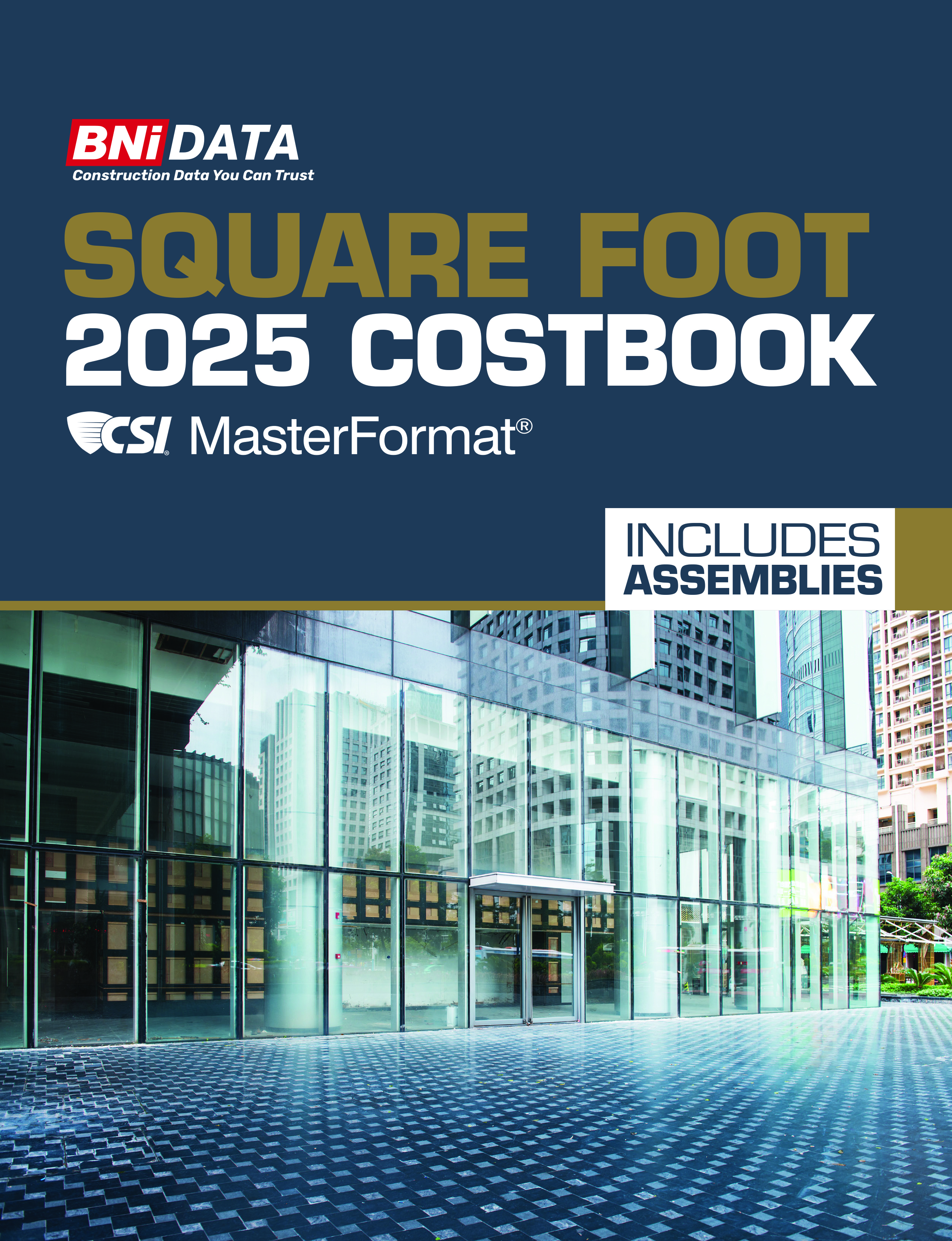Study Finds Michigan Union Construction Apprenticeship Programs Outperform Universities
Union Programs Excel at Training, Diversity and Student Debt

Union apprenticeship programs in Michigan’s construction industry deliver more training hours, better diversity outcomes, and no student debt while delivering earnings for graduates that achieve near parity with comparable workers with four-year college degrees. Additionally, as the construction industry struggles with a historic labor shortage, union programs are vastly outperforming their nonunion peers in the production of new construction apprentices. The data was compiled in a new study by the Midwest Economic Policy Institute (MEPI) and the Project for Middle Class Renewal (PMCR) at the University of Illinois at Urbana-Champaign.
To assess the state of construction workforce training in Michigan, MEPI and PMCR researchers utilized 2010-2020 data from the U.S. Department of Labor’s Registered Apprenticeship Partners Information Management Data System (RAPIDS). The researchers also used Current Population Survey data from the U.S. Bureau of Labor Statistics to contrast the performance of union and nonunion apprenticeship programs in Michigan’s construction industry with comparable workers two- and four-year college degrees.
“At a time when the labor market is prioritizing job quality and the construction industry is facing historic demand for new skilled workers to modernize American infrastructure, energy systems, and advanced manufacturing capabilities, this study provides an important analysis of the performance of Michigan’s workforce supply pipeline,” said MEPI Economist and study coauthor Frank Manzo IV, MPP. “On everything from enrollment diversity to middle-class wages to debt-free training, the data shows that the joint apprenticeship system administered by construction contractors and trade unions is delivering the biggest bang for the buck, by far.”
Though just 22% of Michigan’s construction industry has been unionized since 2010, the study shows that training programs jointly administered by unions and signatory contractors enroll more than 75% of the state’s construction apprentices and boast completion rates that are 15 percentage points higher than employer-only (nonunion) programs. It notes that union apprenticeships not only deliver superior quantities and diversity of construction trade workers, but they also require substantially more training hours than students at universities and community colleges in Michigan, have higher Black and Hispanic enrollment shares than other post-secondary programs, leave participants entirely free of student debt, and produce exit wages that far exceed averages for workers with associate degrees and rival those with bachelor’s degrees.
In explaining the wide disparities in enrollment between union and nonunion programs, researchers highlighted the fact that joint (union) programs include a self-financing mechanism—usually cents per hour worked by a union-represented trade worker—that does not exist in the nonunion side of the industry.
“The biggest distinction between union and nonunion construction career training programs is the financing mechanism,” added MEPI policy analyst Andrew Wilson, MHRLR. “Because the nonunion model relies on voluntary contributions from employers with incentives to forgo workforce investments in order to win project bids, their programs are simply not as easily scalable in a time of rising demand for skilled trade workers.”
Other recent research has highlighted the growing labor force supply problem in the nonunion side of the construction industry. A 2022 analysis of Associated General Contractors of America Survey data found that, compared to their union-signatory counterparts, nonunion contractors were 16% more likely to report workforce supply problems, 21% more likely to experience project delays due to shortages of workers, and 13% more likely to be losing their workers to other industries entirely.
Additional research has provided important context to these issues by documenting differences in job quality between the two sides of the industry. Specifically, research concluded that nonunion construction workers not only earn significantly lower wages upon completion of an apprenticeship, but also were much less likely to have access to employer provided health insurance, more likely to rely on food stamps and other government assistance programs, and more likely to encounter safety problems at work. In Michigan, the data revealed that graduates of union construction programs earn 48% more per hour than those from employer-only programs.
The study’s authors noted that two recent actions taken by the Michigan Legislature—reinstatement of the state’s prevailing wage law and strengthening of its collective bargaining laws—will broadly improve the state’s construction workforce development efforts. Research has linked both policies with substantial increases in apprenticeship participation.
“While Michigan made important strides this year in boosting access to training and job quality for in-demand construction careers, this study shows that broad stigmas often associated with vocational training as an alternative to college are simply not grounded in fact,” said study coauthor, University of Illinois at Urbana-Champaign Professor, and PMCR director Dr. Robert Bruno, PhD. “Indeed, the data shows that employers and policymakers who are willing to partner with unions to scale best-in-class career training will be best positioned to deliver the economic, safety, productivity, and workforce supply outcomes they seek.”
For more training and education news, click here.
Looking for a reprint of this article?
From high-res PDFs to custom plaques, order your copy today!



